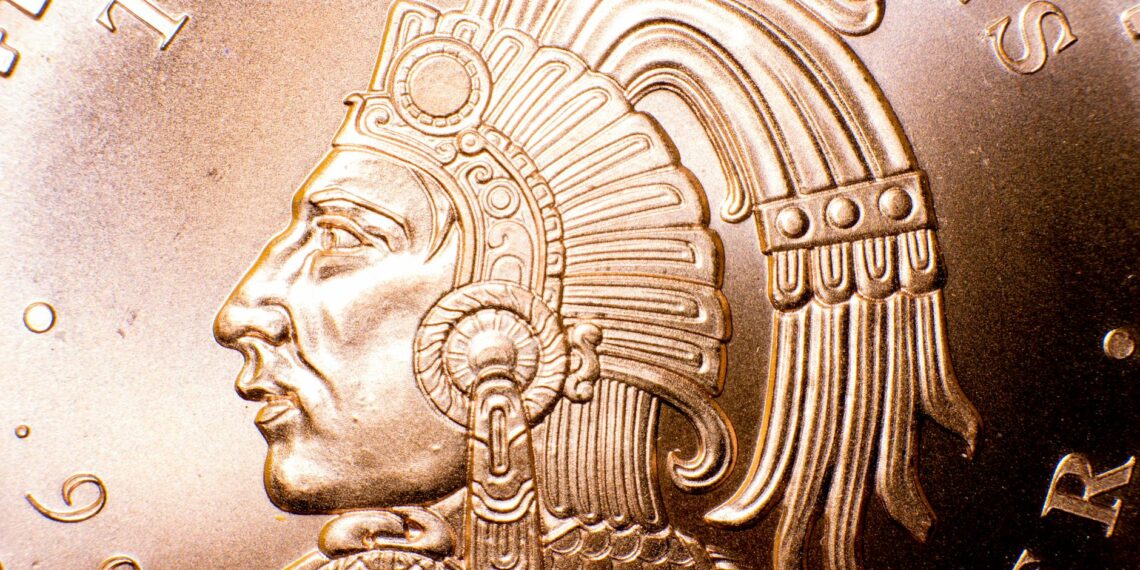In US coinage, the absence of a mint mark on a coin typically indicates that it was produced at the Philadelphia Mint . This is because, for many years, Philadelphia was the primary or sole US Mint facility, and therefore a distinguishing mark wasn’t considered necessary.
However, there are exceptions and nuances to this general rule:
- From 1792 until 1837, no mint marks appeared on US coins, as Philadelphia was the only mint in operation.
- When other branch mints opened in 1838, like Charlotte (C), Dahlonega (D), and New Orleans (O), they began adding mint marks, but Philadelphia continued to mint coins without a mark.
- During World War II, a “P” mint mark was temporarily added to certain Philadelphia-minted coins (like the Jefferson Nickel) to indicate a change in their metallic content.
- In 1979, the “P” mint mark was reintroduced for the Susan B. Anthony dollar, and by 1980, it was added to all Philadelphia-minted coins except the Lincoln cent . The Lincoln cent finally received a “P” mint mark in 2017 to celebrate the 225th anniversary of the US Mint, but this was a one-year exception, [according to The Spruce Crafts].
- 1922 No-D Lincoln Penny: This is a notable exception. All 1922 Lincoln cents were supposed to be minted in Denver, bearing the “D” mint mark. However, due to a minting error, some were released without the mark, making them valuable to collectors.
- 1982 No-P Dime: In 1982, some dimes from the Philadelphia Mint were accidentally struck without the “P” mint mark, creating another valuable error coin.
- Other “No Mint Mark” Errors: A few other instances of missing mint marks on proof coins (intended for collectors and not circulation) have also been found, according to Nationwide Coin & Bullion Reserve.
- Currently, the Philadelphia Mint uses the “P” mint mark on all circulating coins except the Lincoln cent.
- Coins minted in West Point, while technically not having a mint mark for some circulating coins in the past, are now primarily associated with special collector and bullion issues that do carry the “W” mint mark.
- Generally, a coin with no mint mark is not inherently rare or valuable just for lacking a mint mark. Most “no mint mark” coins were intentionally produced at the Philadelphia Mint.
- However, if a specific coin should have a mint mark (based on its year and type) but is missing it, it could be a valuable error coin. It is important to consult a reliable coin guide or a professional coin dealer to determine the rarity and value of such coins.











Are coins with no mint mark valuable?
The short answer is sometimes. Certain coins without mint marks are extremely valuable, but it’s essential to watch out for the coins that were altered or damaged by someone outside the mint. Here are several rare coins without mint marks that hold a much higher value than the original minted face value.
Why would a coin have no mint mark?
I can help with that. Mint marks were traditionally mentioned only when they existed; sometimes, people would add the suffix ‘plain. ‘ The absence of a mint mark means the coin was created at the Philadelphia Mint, which generally produces more US coins than the other mints (D, S).
What does mint mean in coins?
Money minting refers to the process of producing coins. A mint refers to a manufacturing facility that produces coins that are used as a nation’s currency. National currencies are generally minted by a country’s central bank or through an independent mint with authorization from the central bank.
Where is a penny from if it has no mint mark?
Good point! What Are Coins With No Mint Marks? Not all coins have mint marks. For many years, Philadelphia minted millions of coins without their (P) mint mark simply because they were the only Mint in production, and there was no need to verify the location where the coin was struck.